AUSMIN: Ties with US army, navy to ramp up
The US will step up its military presence in Australia with regular army and navy deployments as the allies move to integrate Japanese forces in joint training exercises.
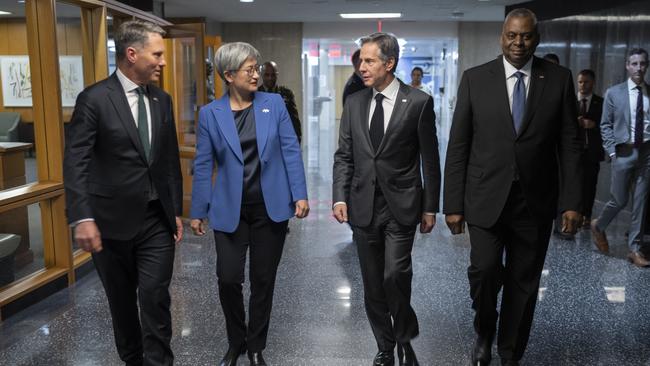
The US will step up its military presence in Australia with regular army and navy deployments as the allies move to integrate Japanese forces in joint training exercises to strengthen the nations’ interoperability in the face of Chinese threats.
Under a deal struck during AUSMIN talks in Washington DC on Wednesday, the US will invest in Australian bases and new training areas to support the “enhanced US force posture”.
US Defence Secretary Lloyd Austin also vowed the US wouldn’t leave Australia exposed after the retirement of the Collins-class submarines, declaring “we will not allow Australia to have a capability gap” ahead of the delivery of Australia’s nuclear-propelled subs.
At the annual “2+2” talks, Defence Minister Richard Marles and Foreign Minister Wong, together with US counterparts Mr Austin and Secretary of State Antony Blinken, agreed to a major increase in the deployment of US “air, land and sea” forces to Australia.
“That includes rotations of bomber task forces, fighters, and future rotations of US Navy and US Army capabilities,” Mr Austin said. “We will also expand our logistics and sustainment co-operation. And that will deepen our interoperability and create more agile and resilient capabilities.”
The pledge follows years of regular deployments of US strategic bombers and fighter aircraft to Top End bases, and a decade of US Marine Corps rotations through Darwin.
There was scant detail provided, but it’s likely the US Navy commitment will involve both submarines and ships.
The joint statement issued after the meeting said priority locations would be identified for infrastructure improvements “including runway improvements, parking aprons, fuel infrastructure, explosive ordnance storage infrastructure, and facilities to support the workforce”.
Works have already commenced at RAAF Base Tindal, outside Katherine, to support US bombers, but the announcement suggests Defence’s “bare bases” in the Northern Territory will also be in line for upgrades.
The statement said both sides had agreed to “expand locations for US Army and US Marine Corps” training, indicating potential rotations through Queensland bases and training sites in other states.
The talks, ahead of a visit to Japan by Mr Marles and Senator Wong on Friday, resolved “to invite Japan to integrate into our force posture initiatives in Australia”, Mr Austin said.
The “concrete and practical” initiative will open up new opportunities for the 250,000-strong Japanese Self-Defence Force to hone its interoperability with Australian and US forces in Australia’s vast military training areas.
United States Study Centre research fellow Tom Corben said more joint training for longer periods would help Japanese forces move “from interoperability towards integration” with their US and Australian counterparts.
“I wouldn’t be surprised if Japan’s Amphibious Rapid Deployment Brigade was out here a lot more often,” he said.
Mr Marles said the countries had taken “real steps” forward in defence co-operation that would “see an increased level of activity between our two countries across all domains”.
“We’re also looking at increased force posture co-operation in enhancing the capacity of facilities in Australia,” he said.
But, in a speech to be delivered early on Thursday AEDT, Senator Wong will argue that Australia and the US need to work harder to ensure peace by supporting greater regional prosperity. “So for the alliance to respond to the challenges of a changing region, we must accept that while we have done a good job on military deterrence and response capability, we have a great deal more to do to reduce the risk of conflict, and to influence the shaping of the region in our interests,” she will say.
According to an advance copy of her speech, Senator Wong will call for a “serious effort toward improving the lives of people around the world”, in line with the US National Security Strategy.
“Australia, too, has a big job to do in supporting enhanced American economic engagement in the Indo-Pacific. This has to be a core alliance priority,” she will say.
The AUSMIN meeting came as Australian, US and British officials continued to work behind closed doors on the AUKUS plan for Australia to acquire nuclear-powered submarines, which is due to be unveiled in March.
With Australia committed to building the submarines domestically, and US production lines running overtime to supply its own boats, analysts suggest the first AUKUS boat won’t be delivered until some time in the 2040s. That will leave a widening capability gap, as Australia’s Collins-class submarines reach the end of their operational lives from 2038.
But Mr Austin said the US would not leave Australia in the lurch. “We recognise where Australia is and … when its capability begins to diminish, and of course, we will address all of that in that pathway that we create,” he said.
“And so we will not allow Australia to have a capability gap going forward.”
One potential capability gap filler – the B-21 Raider – was not discussed as a potential option for Australia, despite Mr Marles’ observation that it was “a very cool-looking aircraft”.
“I’d like to get the first B-21 tested and fully outfitted before we have those kind of discussions,” Mr Austin said.
Australian Strategic Policy Institute analyst Marcus Hellyer said the announcement of US Navy rotations suggested US nuclear submarines would be deployed in Australia to support the training of Australian personnel.
“They’re a bit coy about what rotations of US Navy vessels means, but you’d suspect as part of that forward basing of US Navy (nuclear boats) in Western Australia will be a key part of that,” he said.
China loomed large in the closed-door talks, with Mr Blinken publicly calling out Beijing’s disruption of freedom of navigation in the South China Sea, its threats towards Taiwan and its economic coercion of other countries. “Australia is no stranger to such efforts, and we reaffirmed that we would stand with them against these pressure tactics,” he said.

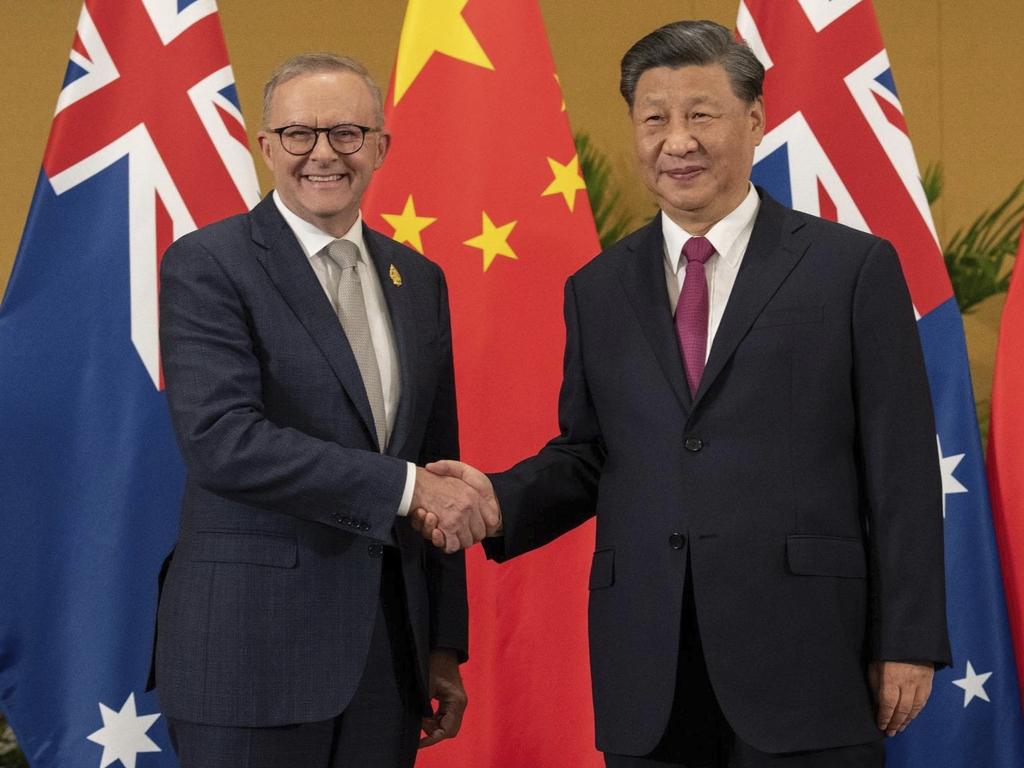
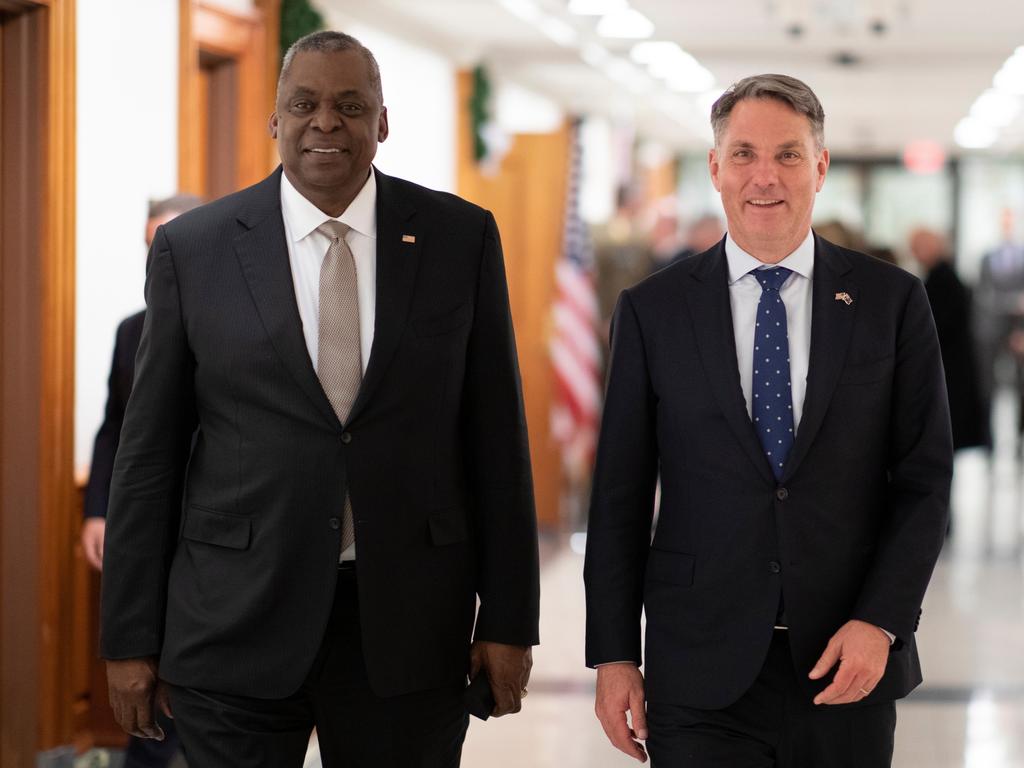
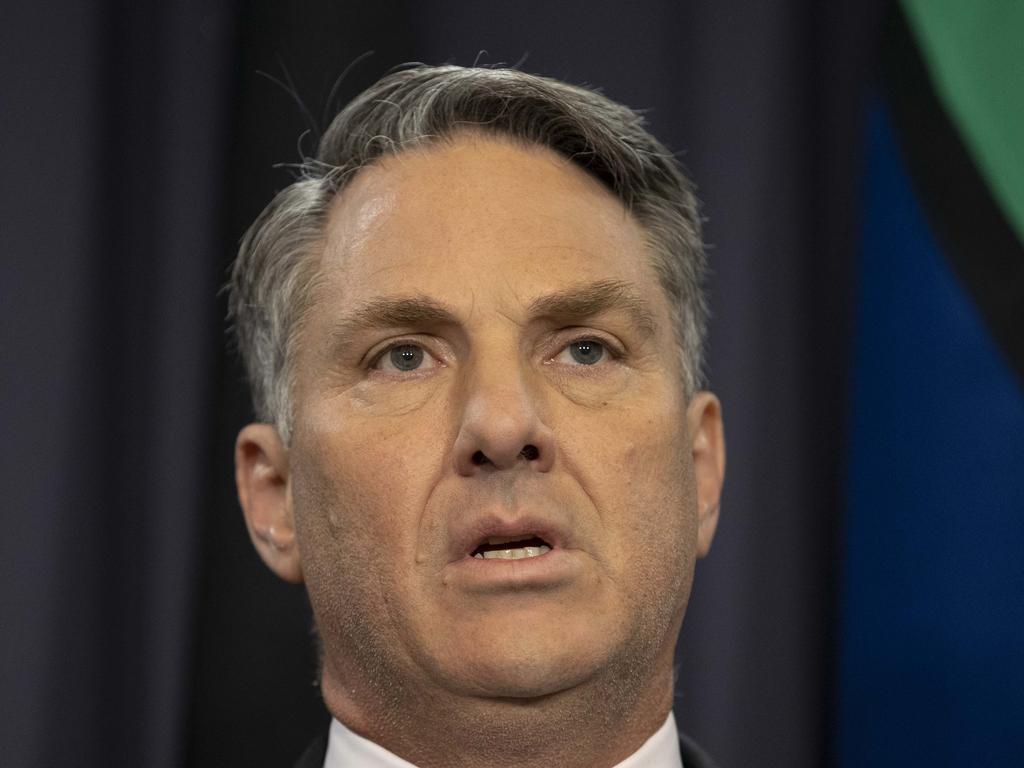
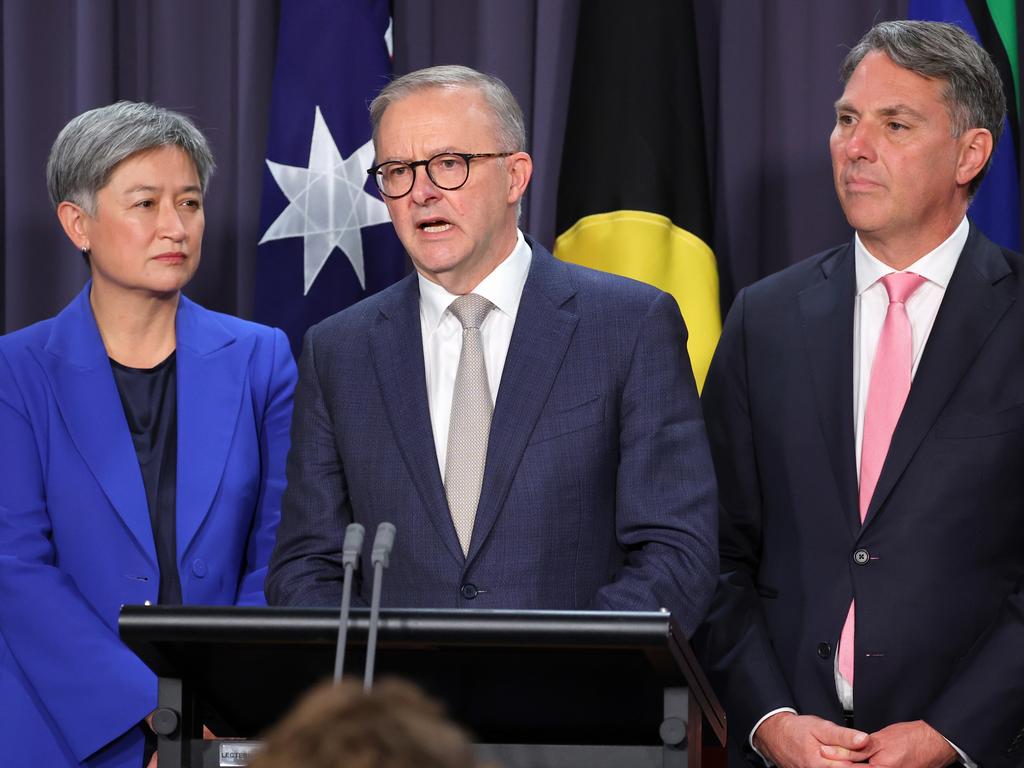


To join the conversation, please log in. Don't have an account? Register
Join the conversation, you are commenting as Logout